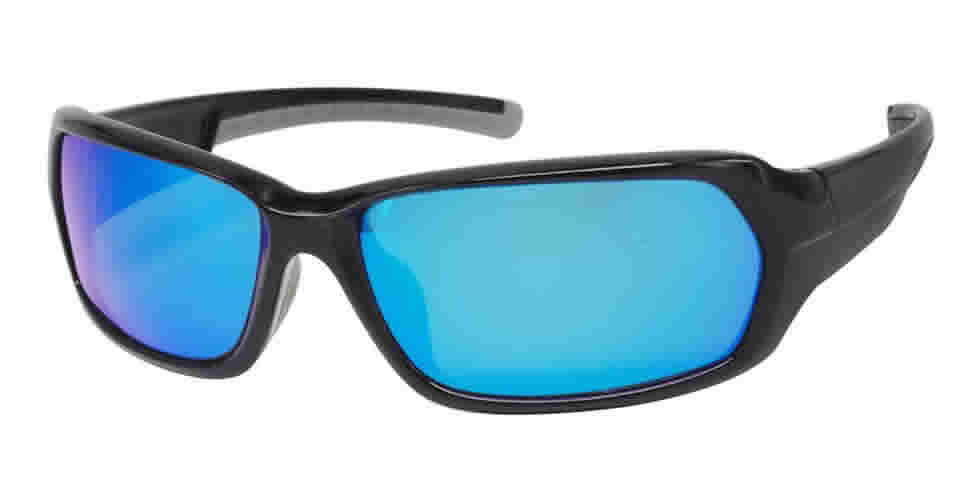Before we talk about what ANSI-Rated means on safety glasses, let us understand what ANSI is.
What is ANSI?
The American National Standards Institute, abbreviated as ANSI, is an organization that establishes, explains, and defends the product conformance standard in the United States.
ANSI Accreditation is the world’s leading certification accreditation program. In fact, the ANSI National Accreditation Board (ANAB) has certified over 200 certificates under this program, all of which acknowledge the competence of professionals from various industries.
They guarantee that items offered in America are suitable for use and comply with their applicable grading systems. ANSI safety glasses are developed and constructed to keep your eyes safe. They go through extensive testing, research, and design. This rating reduces the possibility of dangerous chemicals damaging your eyes.
Safety glasses are types of protective eyewear that enclose or shield the region around the eye to prevent dust particles, water, or chemicals from impacting the eyes. Safety eyewear must meet a greater degree of impact resistance than normal eyeglasses, which optical experts sometimes refer to as “dress eyewear.” This higher requirement applies to both the lenses and the frames of safety glasses and goggles.
There are two kinds of safety glasses: prescription and non-prescription (also known as “plano” safety glasses). Regular prescription eyeglasses do not qualify as safety glasses unless they fulfill specified requirements, regardless of their size or the durability of the frame and lenses.
Anyone can use safety glasses. Depending on the user’s needs. Safety glasses can feature lenses that are clear, bifocal, anti-fog, tinted, indoor/outdoor, polarised, shooting, men’s or women’s, low light eyewear, filtered, and changeable. All safety glasses protect the eyes from potential dangers. Such dangers may occur as a result of:
- Flying solid debris
- Liquid chemical splashes
- Effect of moving machinery
- During welding and metal cutting, for example, there is a lot of heat, sparks, and bright lighting.
- The frames of safety glasses are often constructed of nylon and include side shields to protect the eyes from flying objects entering from the sides.
There are numerous types of safety glasses. For example, safety goggles used by a person performing a welding operation will be dark in color to absorb the blinding flash of the welding flame, whereas safety glasses used by a worker performing a wood cutting operation will be transparent and cover the eye from all sides to protect the eye from wood dust. They’re useful in chemical labs and carpentry shops. They are also commonly used in winter sports and swimming.
Hence, to assess their safety and performance, these glasses are tested extensively and certified accordingly. Such testing includes exposure to non-ionizing radiation and chemicals and durability to flame and corrosion.
Where are Safety Glasses used in general?
Safety glasses are intended for use in places such as labs, where your vision may be risked by chemical handling, the usage of sharp items, and the possibility of debris flying about the atmosphere. People can safeguard their eyes from chemical splashes, severe impact, dust dispersal, airborne particles, and radiation by using ANSI-rated safety glasses and goggles. ANSI-certified safety glasses also protect your eyes from extreme heat and the effects it may have on your valuable vision.
Generally, the standards to get ANSI certificate guidelines have various risks against which the glasses must be effective. The following are some of the most prevalent risks that demand the use of safety glasses:
- Dust and dirt are examples of fine particles
- Droplets and splatters
- Fumes
- Use of optical radiation
- Influence is minimal
ANSI safety glasses do not have to be able to guard against all of these threats. Under the standards, they might be certified for certain forms of protection.
If you are looking for safety glass, you should pay attention to these inspections and certification testing before buying one.
- High-velocity impact methods should be used to evaluate the ability of the glasses to withstand impact from high-velocity and low-mass projectiles.
- Penetration testing should be done to measure the safety glasses resistance to penetration by low-mass pointed projectiles.
- Glasses should have a switching index that automatically darkens filter lenses when exposed to light sources.
- Ensure that the safety glasses should keep liquid splashes and sprays out of the eyes.
- The use of safety glasses should keep both big and small dust particles out of your eyes.

Final Words
Eye injuries in the workplace are becoming more frequent. With the use of protective eyewear, you can reduce the possibility of damage to your eyes by increasing your degree of protection.
Prescription safety glasses are essential because they provide a robust barrier against dust, debris, sparks, heat, and industrial residue. You will feel comfortable and secure knowing that your eyes are adequately protected if you wear prescription safety glasses with ANSI certifications. Because your vision is so vital but also so delicate, you should do everything you can to take care of them, and they will take care of you in return. If you are looking for the best prescription safety glasses then visit caglasses.com.







